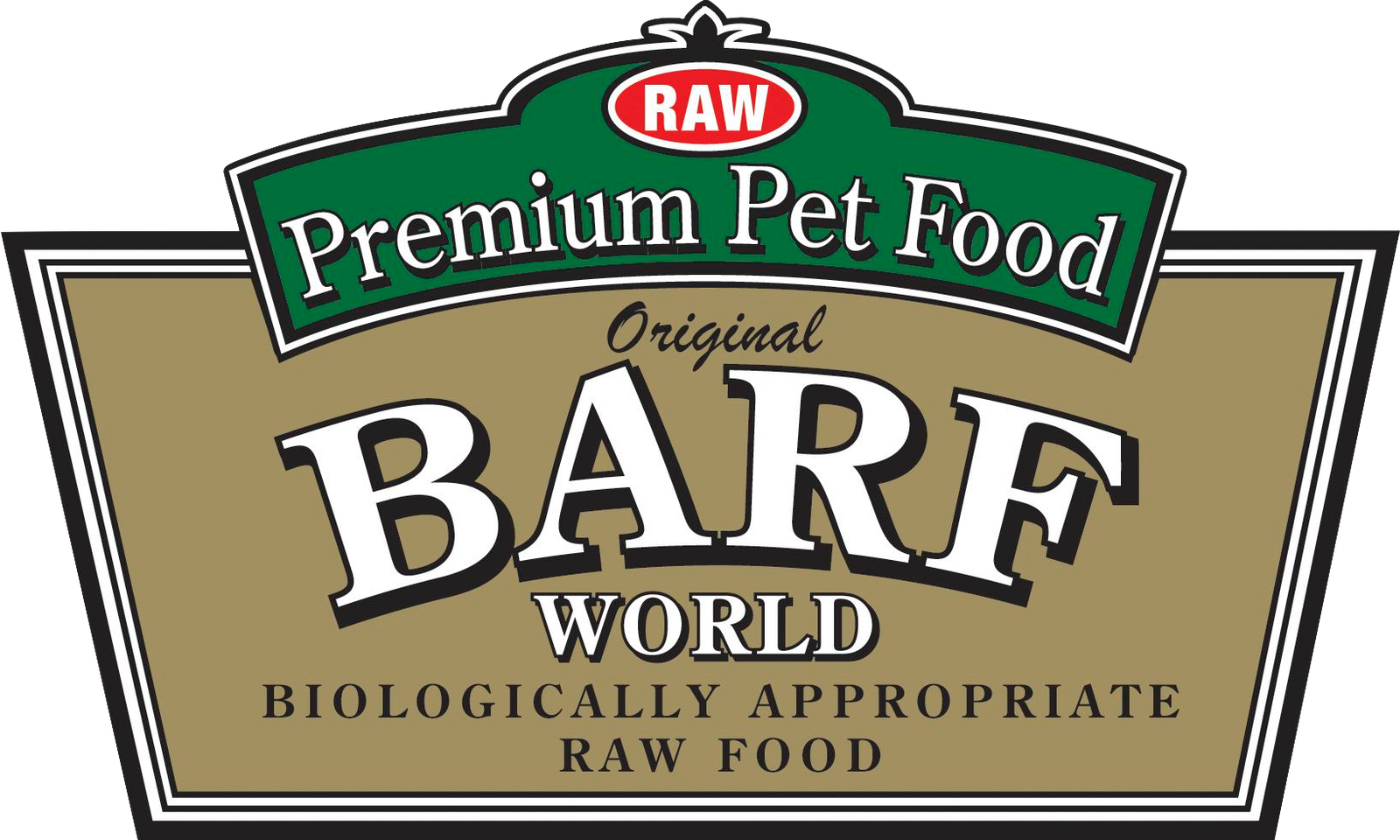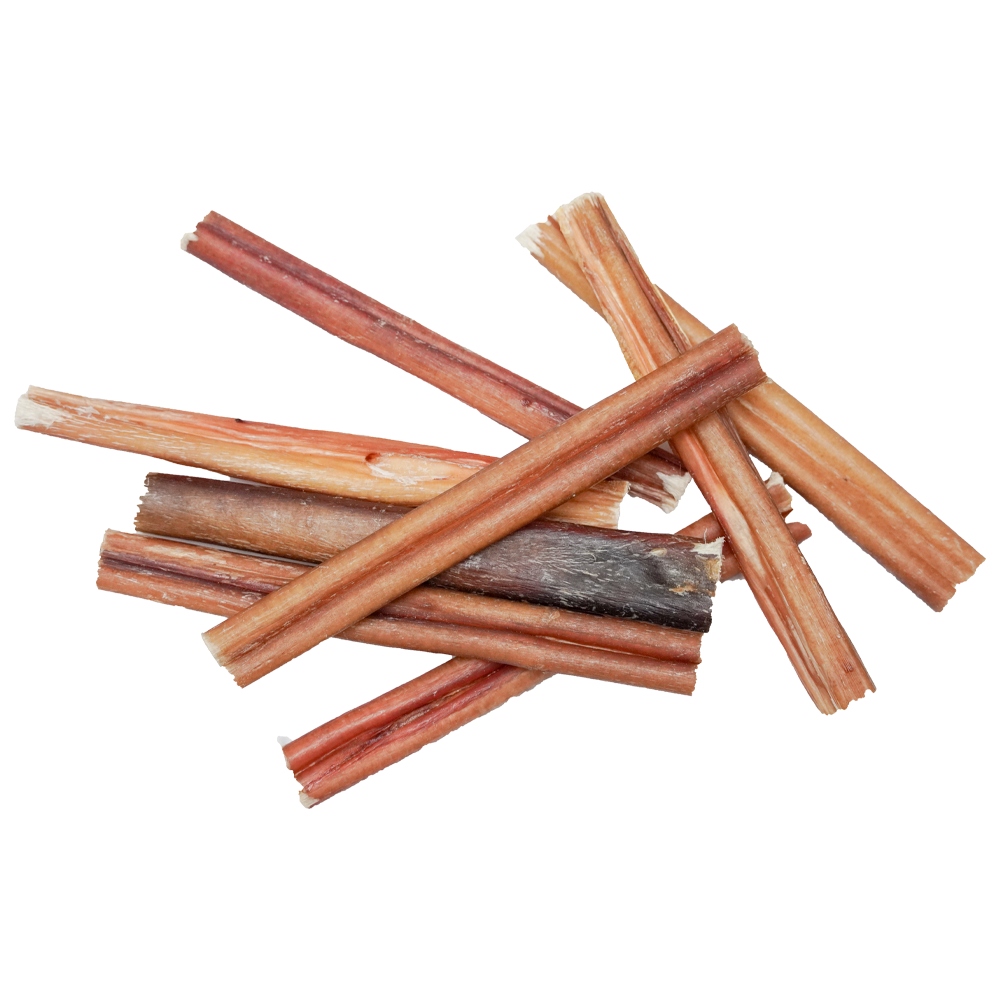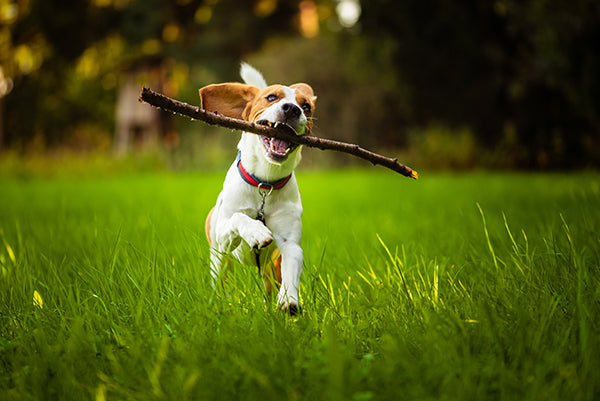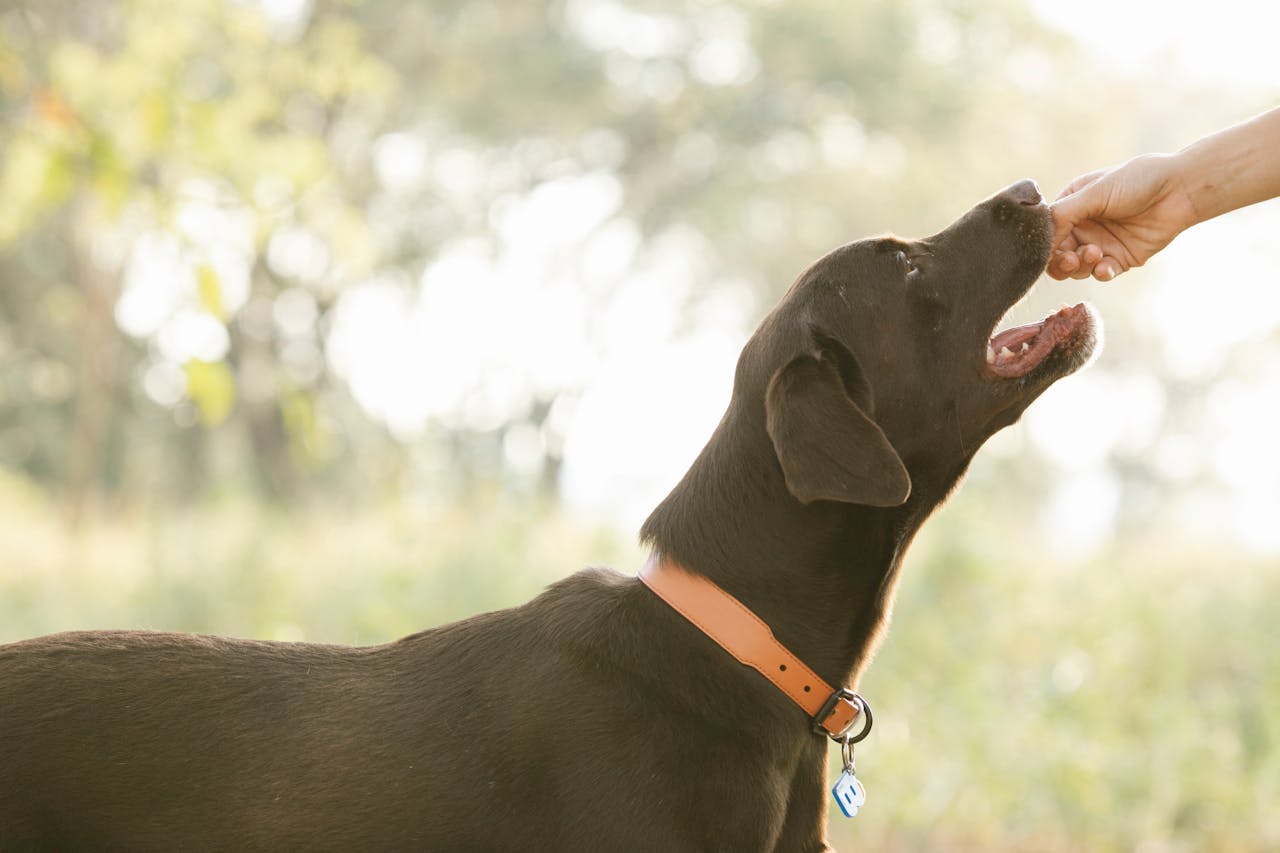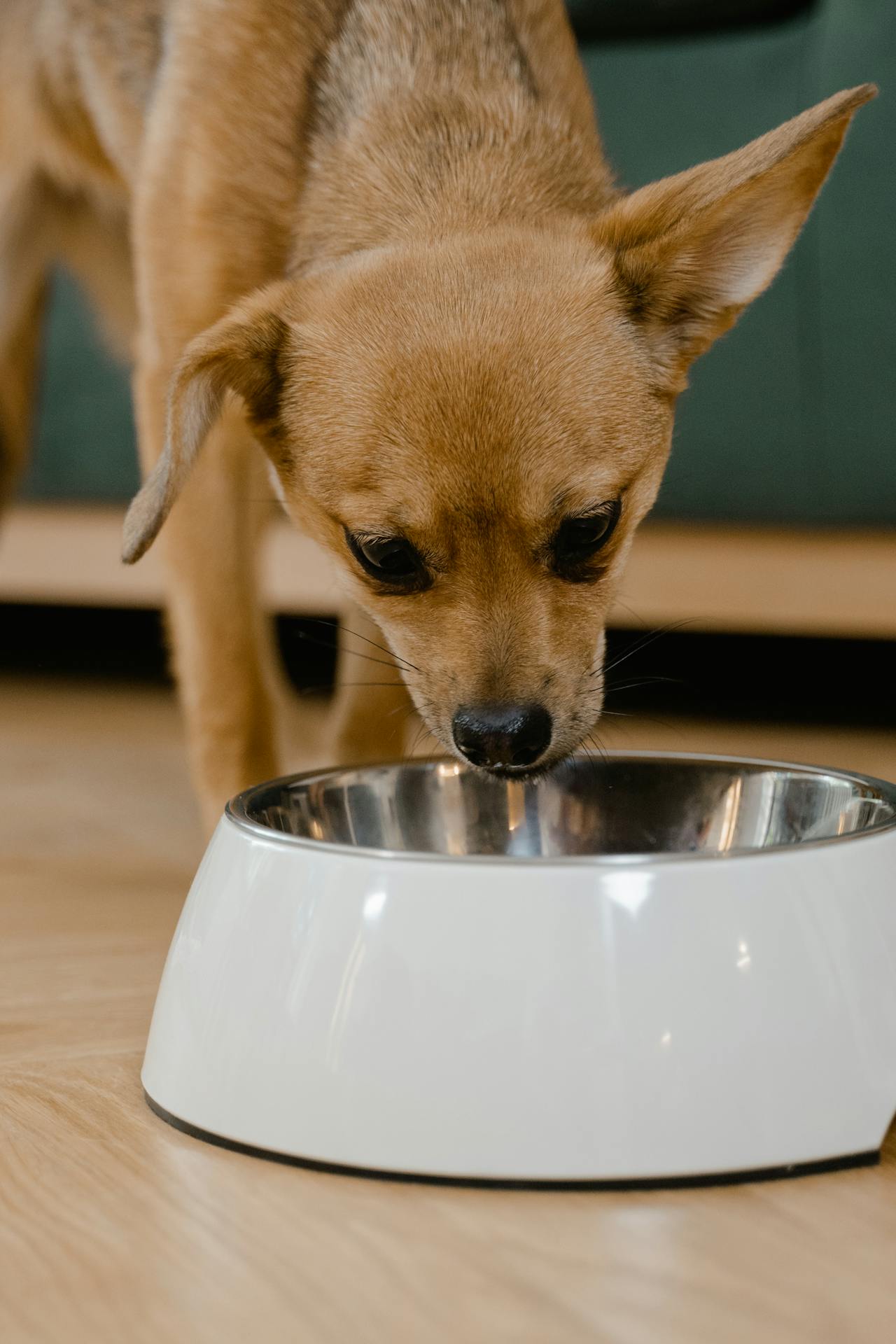Chewing is a natural behavior for pets, whether they’re big or small. It helps with dental health, stimulates the brain, and satisfies their instinctual needs. However, not all chews are created the same, and picking the right one can make a big difference in your pet's health and enjoyment.
Consider Your Pet’s Size and Chewing Habits
Before selecting a chew, consider your pet's size, breed, and chewing style.
-
Aggressive chewers need durable chews that can withstand heavy gnawing, such as raw bones, beefy bones(femurs), or larger antlers.
-
Moderate chewers may do well with small pizzles, smaller antlers, or yak cheese chews.
-
Gentle chewers might prefer thin pizzles, tripe twist, or a small harder treat.
